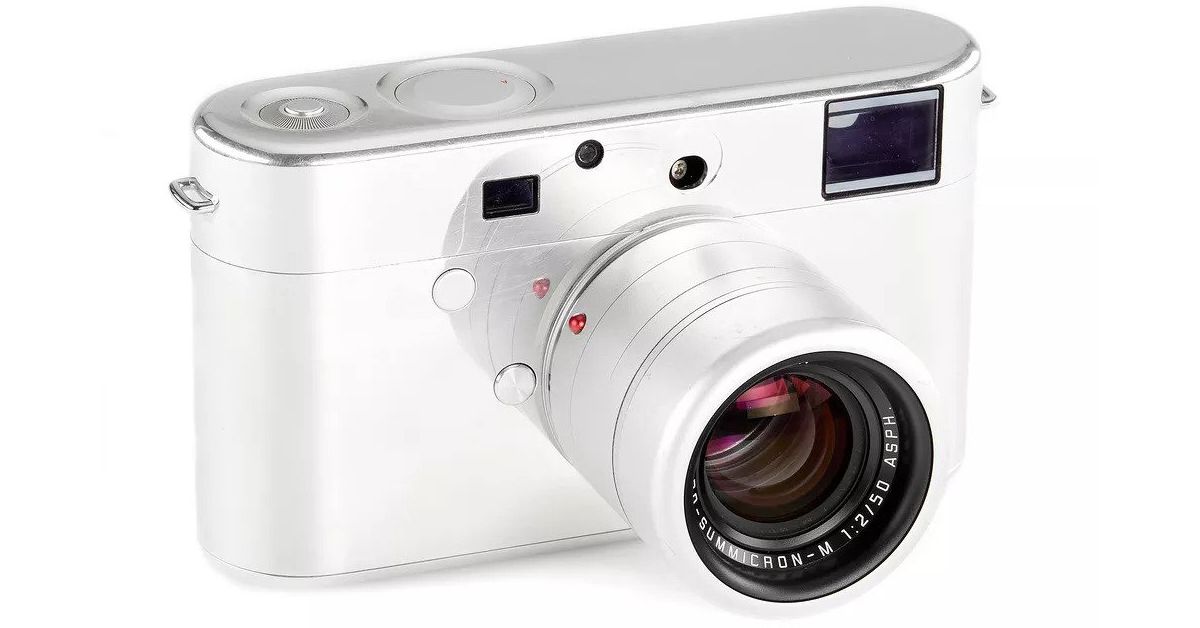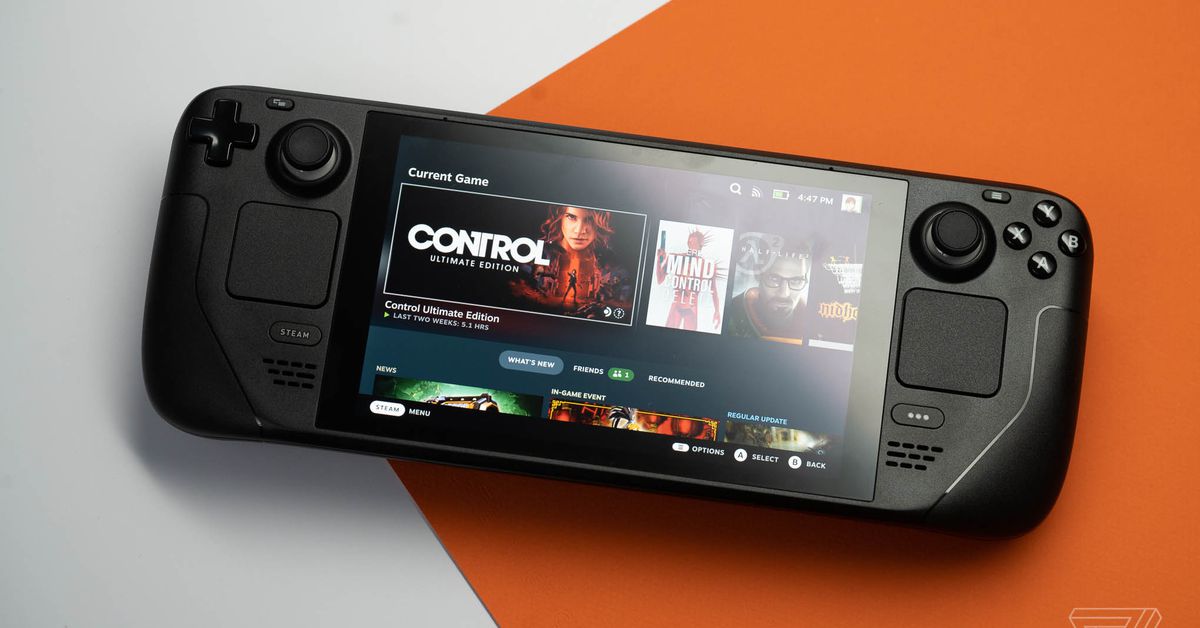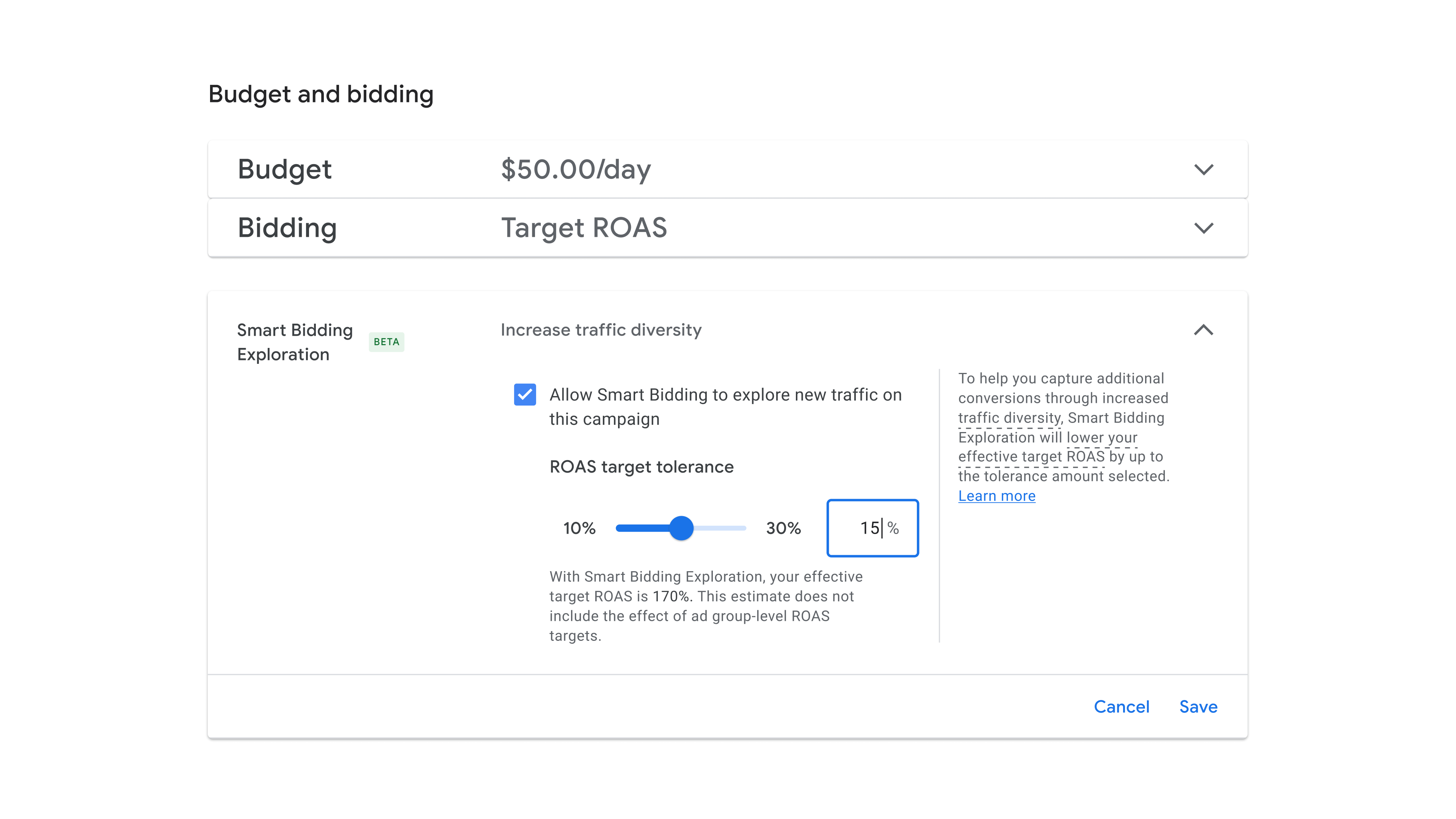Who exactly is the Acer Swift 5 for?
Who should buy Acer’s flagship notebook (and who shouldn’t) Continue reading…

The Acer Swift 5 is Acer’s top ultraportable laptop. It’s essentially the closest thing the company has to a MacBook Air competitor. It’s thin and light, it looks nice, and it’s powerful enough for most office use cases (though probably not for demanding computing workloads).
By and large, the past several Swift 5 models I’ve reviewed have been the same package. The chassis is 2.65 pounds and 0.59 inches thick with a sturdy aluminum build. There’s a very nice 2560 x 1600 touch display with very thin bezels around the edges (though I couldn’t for the life of me get it to stay on one color profile — I was constantly turning on Bluelight Shield and seeing it turn off as soon as I opened another app). The device is a step above Acer’s famously student-oriented Swift 3 in build but also in price — my test model is currently going for $1,499 on Acer’s website, while a Swift 3 with similar specs would only be $1,129.
For more information on our scoring, see How We Rate.
I’m typing this on the Swift 5 right now. I feel like I’m typing on a nice computer. There’s solid backlighting on the keyboard and some nice gold accents that give the chassis a chic look. I’ve had no trouble getting any of my office work done, including Zoom calls upon piles of Chrome tabs, on the Core i7 processor.
I would be quick to recommend this model for general ultraportable use — and perhaps give it the “MacBook Air alternative” sticker that’s much-coveted in the Windows space — if it weren’t for the battery life. I’ve been using this device on battery at medium brightness for my daily office workload (generally 12-20 Chrome tabs with occasional Zoom calls or Spotify streaming), and I’m consistently only getting around four and a half hours of consistent use before it dies.
A comparable MacBook Air would cost up to $320 more than this Swift model, but I would expect to get close to three times the battery life out of it. Even for those who aren’t considering a MacBook, there are all kinds of ultraportables in the Windows space that can get you better battery results. I’ll refer you to the Zenbook S 13 I just reviewed, which is cheaper and lighter than this machine, has a higher-resolution screen, and lasted me close to twice as long with this same workload.
This is all to say that though there are plenty of other great things about this year’s Acer Swift 5, the battery life alone makes it a really tough sell for $1,499. It’s just not where premium laptops are in 2022.
:no_upscale()/cdn.vox-cdn.com/uploads/chorus_asset/file/23593136/akrales_220525_5238_0101.jpg) The fingerprint reader is in the power button.
The fingerprint reader is in the power button.
Who should buy the Acer Swift 5?
The only people I’m confident are a good fit for this computer are folks who like the look and feel of the Acer Swift line (which is, at this point, very tried and true). It’s durable, doesn’t pick up fingerprints easily, and doesn’t have much flex in the chassis. And while it’s not the thinnest or lightest laptop on the market, it is quite portable for its size. It is slightly lighter than the MacBook Air, though I wouldn’t say the difference is super noticeable.
:no_upscale()/cdn.vox-cdn.com/uploads/chorus_asset/file/23593140/akrales_220525_5238_0108.jpg) “Aerospace-grade aluminum chassis,” per Acer.
“Aerospace-grade aluminum chassis,” per Acer.
You might also consider it if you like a smooth, silky, and firm touchpad. Many reviewers have praised this one: it’s quite responsive with a loud and decisive click, which is getting harder to find as laptops get thinner. The touchpad is also made of ocean-bound plastic waste (which is nice, though a truly sustainable laptop should be more power-efficient than this one).
Swift fans may also want to consider the Swift 3. This one isn’t quite as fancy-looking, but it appears to have solid battery life per early reviews (and I’ve got a model in my queue to review as well). Those who need more power than an ultraportable can provide may prefer the new Swift X — this one looks a bit more like the Swift 3 than the Swift 5, but it comes with a discrete GPU inside.
Outside of the Swift-stan (Swifties?) category, I’m hesitant to recommend this too strongly to anyone in particular with the battery life as it is. If you’re looking for a standard ultraportable that you can carry around and use in public, I worry that this one might die on you too fast.
:no_upscale()/cdn.vox-cdn.com/uploads/chorus_asset/file/23593142/akrales_220525_5238_0110.jpg) You’ll spot the Acer logo all over this thing.
You’ll spot the Acer logo all over this thing.
There are certainly ways buyers might improve battery life — lower the screen brightness, lower the resolution, fiddle with profiles, tweak things here and there — but not all customers will know to do this or want to do this regularly. And I think it’s important for a laptop, particularly if it’s targeting the mainstream consumer scene, to work fairly well out of the box.

 Tfoso
Tfoso 































